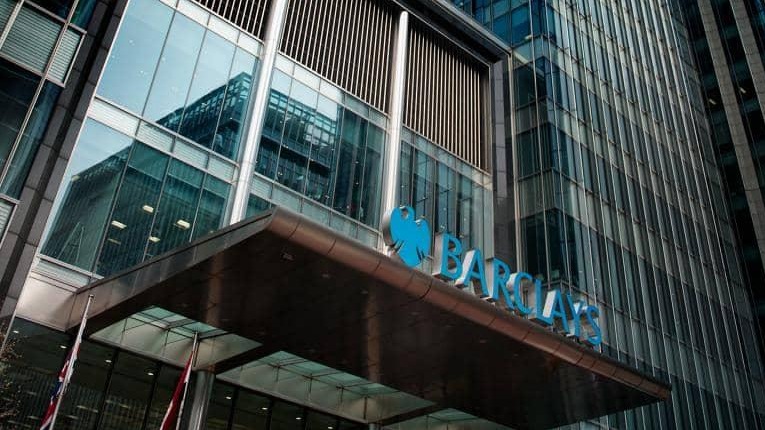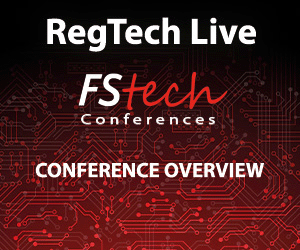ScramCard has unveiled its Da Vinci Choice Mastercard payment card – an electronic card that generates a one-time PIN/security codes for use when purchasing in store, online, over the phone or when withdrawing cash from an ATM.
Consumers are able to link eight payment cards into one, with added eInk display technology, battery and touch numerical keypad. The one-time-use security codes protect shoppers from fraudsters who steal card numbers, skim PINs, phish for security codes and scan contactless credentials.
Users can use the card to securely login to their Da Vinci Choice account online or on the app to add and then link their payment cards to their Da Vinci Choice card. Once these have been linked, customers can select the payment card they wish to use to fund a given purchase by selecting it on the Da Vinci Choice Card itself.
The Da Vinci Choice card then generates a one-time-use PIN or security code for shoppers to use at the checkout, online or over the telephone that gives them unparalleled protection from fraud or identity theft. This one-time-use PIN or security code is generated by the user entering their secret 4-digit Da Vinci Choice PIN directly into the card’s keypad.
This means that there is no longer a difference between those transactions that need a card to be present (card-present transactions such as in-store) and those which don’t (card-not-present transactions such as by telephone or online) because in all instances, a unique one-time security code is required and the Da Vinci Choice card must be used to generate it.
In addition to the card itself, the Da Vinci desktop and app Portal provide secure and convenient access to card management and funding features, giving users a unique view of their aggregated financial activity.
Da Vinci Choice, and its manufacturer ScramCard, were established by Simon Hewitt. Formerly chief security officer at one of Australia’s ‘Big Four’ banks; Westpac Banking Corporation, Hewitt has also held a range of senior positions, working with range of global banks and brands including: ANZ Bank, American Express, JP Morgan, Bankers Trust and Standard Chartered Bank.
Hewitt commented: “Right now, the industry is stopping two-thirds of card fraud, but criminals still made off with nearly £300m in the first half of 2017. It’s beyond time that we stop it all. This is our vision.
“I’ve seen first-hand how easily people fall victim to fraud, and even if the money is returned, it’s a huge hassle and leaves people in the lurch with their personal finances. Our proposition is simple; work with us to cut financial fraud out of your wallet.”
Da Vinci Choice has an initial one-time cost of £75 and will be available from early 2018.
Latest News
-
Klarna ‘slows down AI adoption’ after workforce cuts
-
Bhutan rolls out national crypto payment system for tourism in ‘world-first’
-
Coinbase to acquire Deribit for $2.9bn
-
Citigroup to face $1bn lawsuit over Mexican oil company fraud
-
HSBC launches tariffs financing tool for US customers
-
Stripe launches ‘world’s first’ AI foundation model for payments
Beyond compliance: Transforming document management into a strategic advantage for financial institutions
In this exclusive fireside chat, John Rockliffe, Pre-Sales Manager at d.velop, discusses the findings of Adapting to a Digital-Native World: Financial Services Document Management Beyond 2025 and explores how FSIs can turn document workflows into a competitive advantage.
Sanctions evasion in an era of conflict: Optimising KYC and monitoring to tackle crime
The ongoing war in Ukraine and resulting sanctions on Russia, and the continuing geopolitical tensions have resulted in an unprecedented increase in parties added to sanctions lists.
Achieving operational resilience in the financial sector: Navigating DORA with confidence
Operational resilience has become crucial for financial institutions navigating today's digital landscape riddled with cyber risks and challenges. The EU's Digital Operational Resilience Act (DORA) provides a harmonised framework to address these complexities, but there are key factors that financial institutions must ensure they consider.
Legacy isn’t the enemy: what FSIs can do to keep their systems up and running
In this webinar we will examine some of the steps FSIs have already taken to rigorously monitor and test systems – both manually and with AI-powered automation – while satisfying the concerns of regulators and customers.
© 2019 Perspective Publishing Privacy & Cookies














Recent Stories